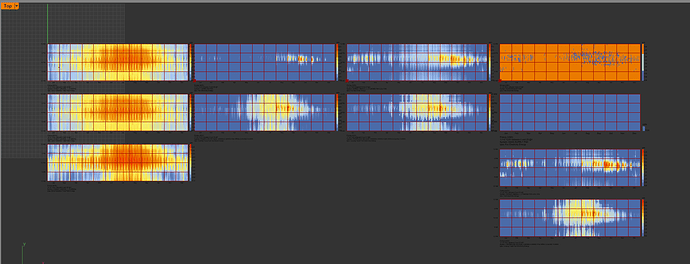Hi All!
I was testing out different hvac systems for a simple room and encountered something I do not quite understand why.
As far as I know, the doas system tends to use less energy compared to a vav system. but I’m getting the opposite results from the simulation. And not only the EUI of the doas system is much higher, but also the space is overheated in cold months. ( despite defining the usual outfits of each season)
At first, I thought the low flow rate of the fresh air might be causing the problem, but it’s in accordance with ashrae. (0.0025 m3/s.person and 0.0003 m3/s.m2)
Can you help me understand what it is that I’m overlooking?
Thanks in advance
ps: It is a really cold climate I’m running the simulation for; in case it is an important factor.
(Tabriz.Intl.AP, lat:38.13, lon:46.24, tz:3.5, elev:1359.10)
file:
vav-doas.gh (784.9 KB)
if you run each case and compare the data, the three columns on the right are the ‘fan electric’ energy results, that appears to be the major contributing factor in terms of the difference in room EUI that I see atleast.
The first column on the left: each row is the infiltration load of each system; which is where the only other real difference seems to be at least at first glance.
vav-doas_TF_Edit.gh (423.5 KB)
The problem lies with the people density. Your definition of 0.641 ppl/m2 is very dense. I tried to lower it to 0.05 ppl/m2, and the DOAS system is lower than VAV system. I suspect it’s because with a high people density, the OA rate is very high, and the DOAS system spends a lot of energy of heating and cooling the OA. You’d better take a closer look at the off-coil temperature of the HVAC system in open studio.
thanks @TrevorFedyna. Although I am not quite sure yet why the doas fan electricity consumption is that high. And as @XavierZhouLadybug pointed the high people density, it is quite a small zone (1.7m*1.55m) and only occupied by 1 or 2 person at times. So I don’t think it will require that high amounts of energy to heat/cool the OA.
